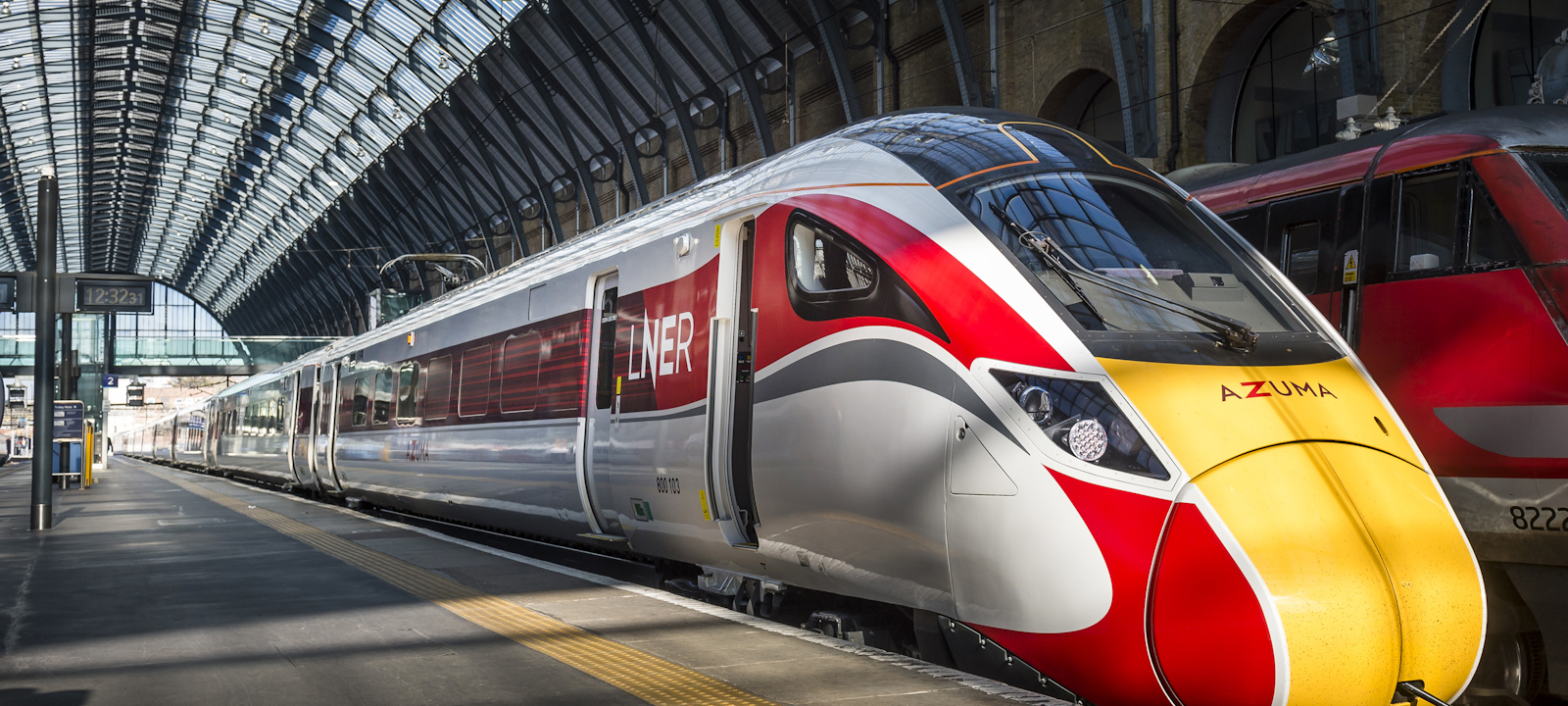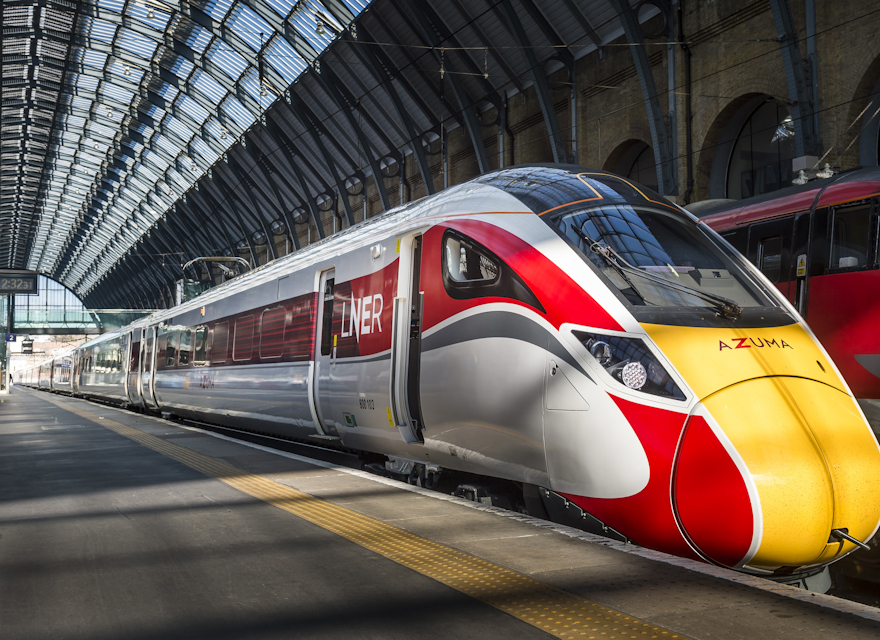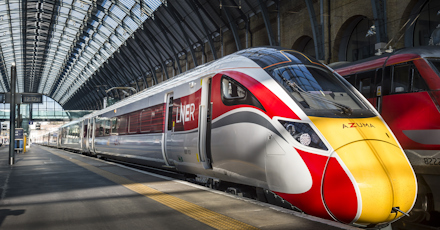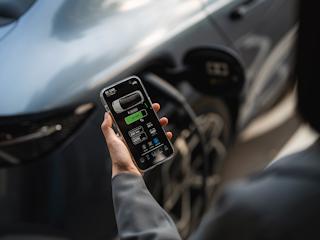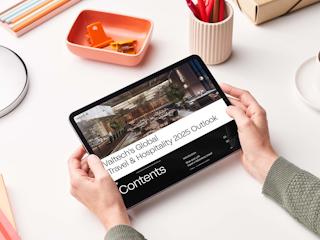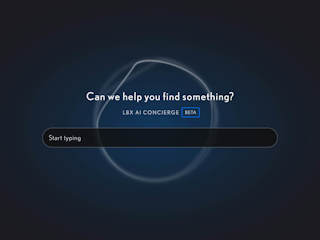Many of the CIS systems people are familiar with are based on legacy LED dot-matrix displays that are approaching twenty years old. We worked on a user experience review with London North Eastern Railway (LNER) and transport data specialists Kadfire on a new generation of Customer Information Screens that will be rolling out into stations that are maintained by LNER in the near future.
Challenges for designing Customer Information Systems
Designing a good CIS user experience presents some unique challenges. The screens are passive, so all content and visual design components must be fully intuitive without further explanation, as the user can’t control or interrogate the content. In addition, the screens are going into busy environments with lots of background noise and visual distractions. They need to be understandable to a broad range of travellers from tech savvy millennials to tech-phobic people who still prefer printed timetables, and they need to work for people with low literacy and people whose first language is not English.
Running an Agile user experience review in a pandemic lockdown
In an ideal world we would have run this project with testing on the real hardware in situ at stations. Coivd19 made that impossible. This didn’t hold us back. We ran a series of design and testing sprints, using Lookbackfor remote test sessions with customers and station staff. We held weekly findings and design review workshops using Miro. The combination of these tools helped us to keep stakeholders involved and engaged throughout.
Understanding context scenarios
The CIS systems are part of the overall LNER presence at stations, but they don’t and shouldn’t try to do everything. CIS needs to support three key context scenarios:
- People arriving at a station, checking and finding their train.
- People on a platform, checking the running of their service and knowing where to board.
- People coming to a station to meet people arriving by train.
Each of these context scenarios has many related user needs. In addition, LNER has it’s own business needs, to keep passengers informed of network running, planned engineering, major incidents or dangerous situation. An important part of our work was to map out the scenarios and needs and decide which are going to be met by CIS and which through other channels such as the website or app, the station PA or by customers talking to staff.
Evolution not revolution
A key part of designing intuitive systems is to focus on evolution from known design patterns and learned behaviour, picking up on cultural and physical experiences that people are familiar with. This is especially important as we’re only designing for a small proportion of the 2500 stations across the UK rail network. People need to see content and design features that look instantly familiar and they are comfortable with, even though in reality they’re seeing them for the first time, and some of the features we added are unique.
Exploring the physical space, and working with it
It’s important to understand and work with the physical space when designing for digital outdoor. Without being able to visits stations due to the pandemic, we were able to get a good impression of the layout and environment through detailed floorplans provided by LNER and using Google Street View, which very handily includes some stations concourses and even platforms as areas that can be explored in a browser. We were able to position ourselves and look at the exact view people will have of the CIS systems in location, and to think about the questions people would have at this point in their journey.
Accessibility for digital outdoor
When designing for websites and apps, the standard reference point for accessibility is the W3C Web Content Accessibility Guidelines, but an examination of this specification shows that precious little of it is relevant to passive digital outdoor systems. Instead, we used a number of sector specific design standards from Department for Transport, Network Rail and the European Commission. Some of the same concepts are covered, but with additional focus on the fact that you are designing for an outdoor experience which the user cannot control.
For example, the Network Rail standard includes assessing colour contrast in lighting conditions varying from 200 to 20,000 LUX (Low-level station lighting to a shaded platform on a bright sunny day). It also specifies minimum height of text at a range of reading distances and elevations. We worked with these design requirements, although some fine tuning may be required on the real hardware setup, as it is difficult to simulate the exact lighting conditions and to account for the physical performance of the screens, that includes anti-glare coatings and dynamic brightness adjustment.
Results
After five design and iteration cycles, the team were happy that the CIS designs are performing very well in customer testing, with most users completing key tasks correctly first time and without error. The designs have now been approved to move into final production and are expected to be piloted in stations later this year.
The benefits of well designed CIS to a company like LNER are enormous – they improve customer satisfaction, improve flow of people around stations and support staff in having better relations with customers. At times of change, as we are currently seeing with the pandemic response, they also give LNER a direct channel for talking to customers and keeping them informed.
“When we get these in stations, they will be the best screens in the country”
- Abu Siddeeq (LNER Head of CX Strategy)
